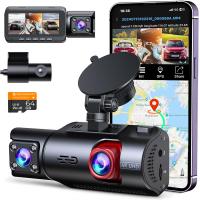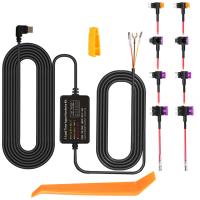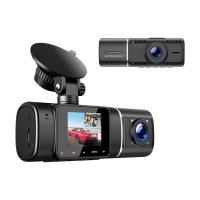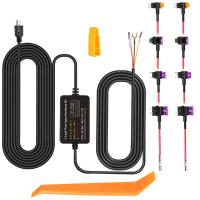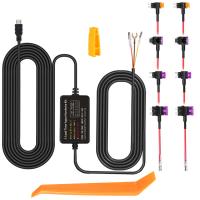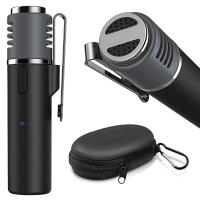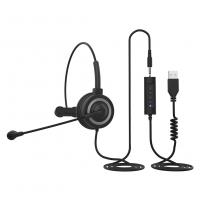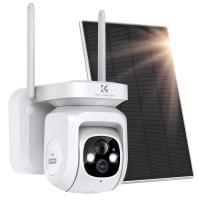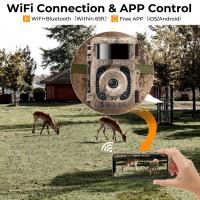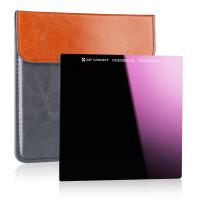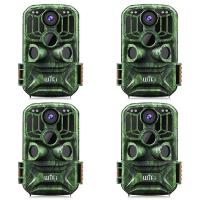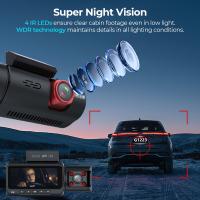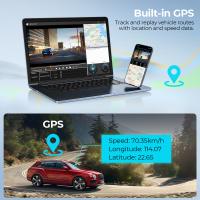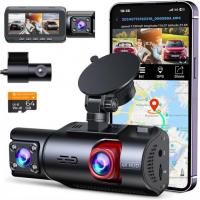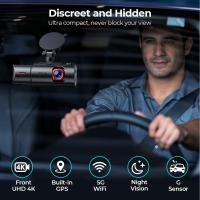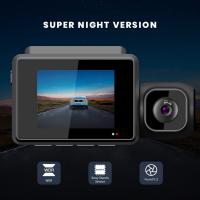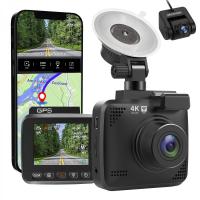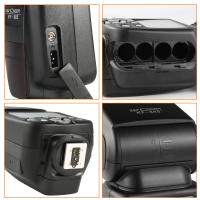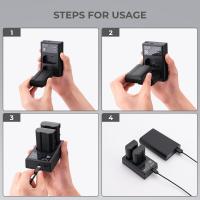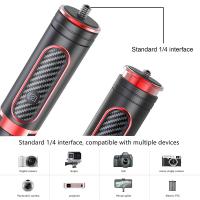Can Dash Cam Work When Car Is Off?
Can Dash Cams Work When a Car Is Off?
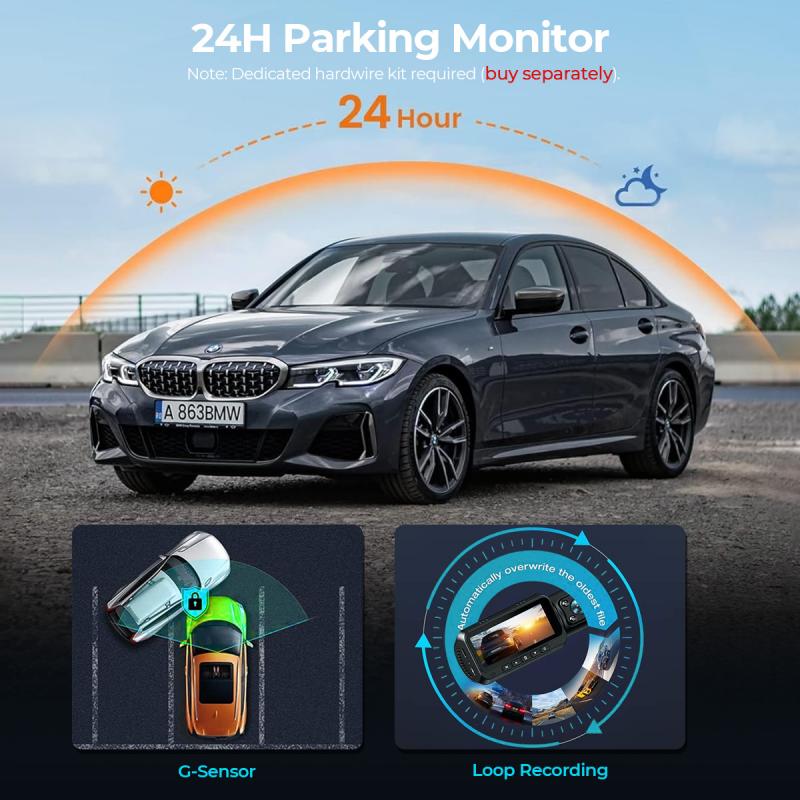
Dash cameras have gained popularity for their ability to record driving footage, assist with accident claims, and provide security. However, many users often wonder whether these devices can function when a vehicle is turned off. The short answer is yes, but the functionality depends on the power source, the dash cam’s specifications, and the settings. This article explores how dash cams can operate when the car is off, the factors that influence this capability, and practical considerations to make it work effectively.
---
Understanding Dash Cam Power Sources
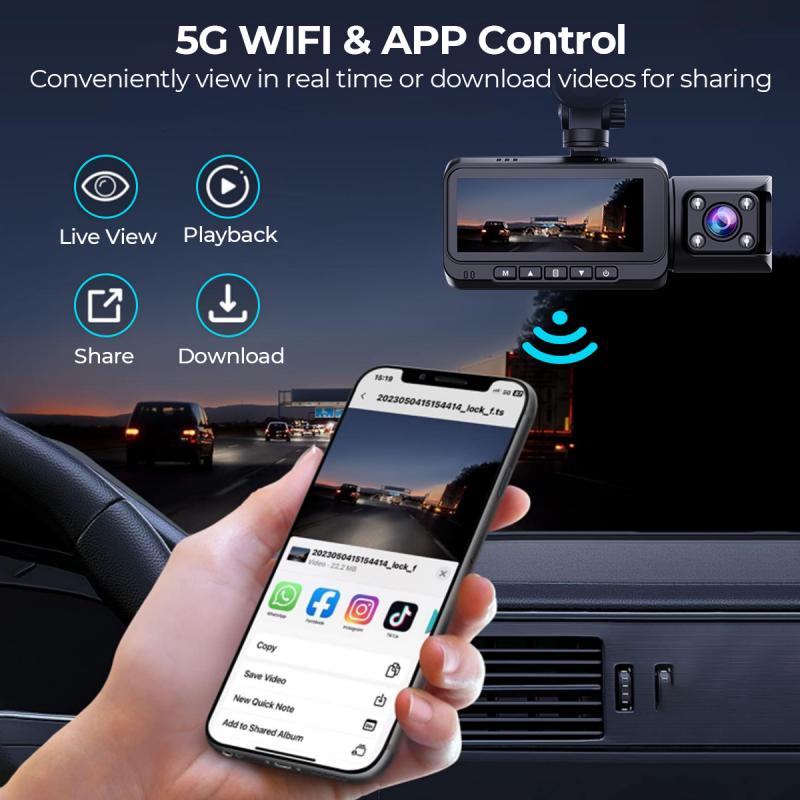
A dash cam typically relies on a power source to function. When the car is running, the device draws power directly from the vehicle's battery through the cigarette lighter socket or a dedicated hardwired connection. However, when the ignition is turned off, the situation changes:
1. Cigarette Lighter Socket Power:
- In many vehicles, the cigarette lighter socket is deactivated when the ignition is turned off, cutting off power to the dash cam. In such cases, the camera cannot record unless an alternative power solution is implemented.
2. Hardwired Dash Cams:
- Hardwiring involves connecting the dash cam directly to the car’s fuse box using a hardwire kit. This setup allows the dash cam to draw power even when the ignition is off, provided the correct fuse is selected. Hardwiring is commonly used for enabling parking mode, where the dash cam monitors the vehicle while parked.
3. External Battery Packs:
- Some dash cams can be powered by an external battery pack. These devices act as a secondary power source and allow the dash cam to operate independently of the car’s electrical system.
4. Built-In Batteries in Dash Cams:
- Some dash cams come with small built-in batteries, but these are usually designed for brief recording after the car is turned off (e.g., capturing a few minutes of footage). They are not suitable for extended operation.
---
The Role of Parking Mode
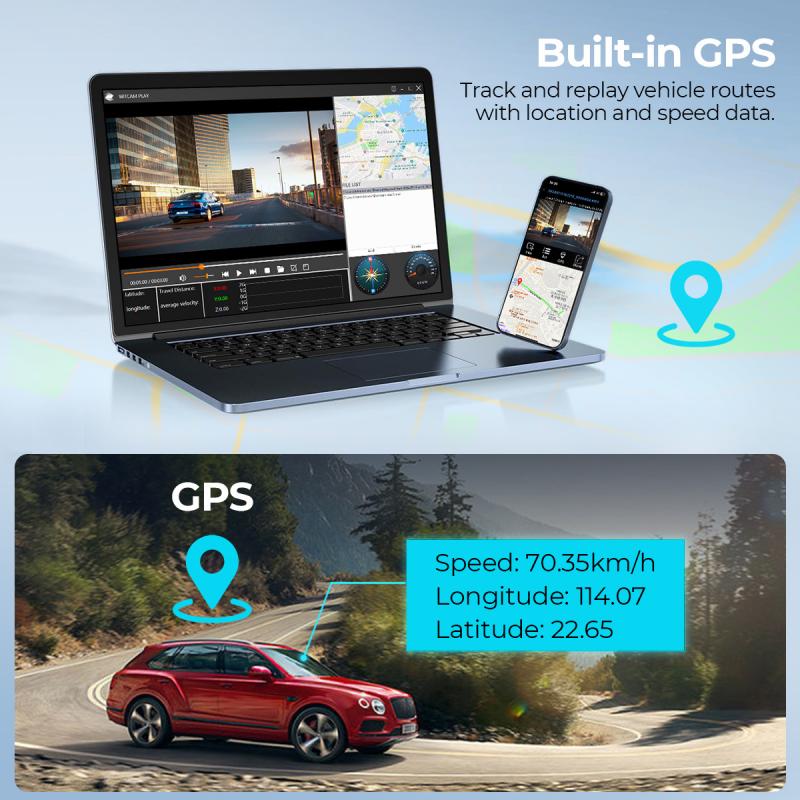
Parking mode is a feature designed specifically for situations when the car is off. It enables the dash cam to continue monitoring the surroundings, typically in one of the following modes:
1. Motion Detection:
- The dash cam begins recording only when it detects motion near the vehicle. This helps conserve power and storage space.
2. Impact Detection:
- The dash cam activates if it senses an impact, such as someone hitting the car or attempting to break in.
3. Time-Lapse Recording:
- The camera records at a lower frame rate to save storage and power, creating a condensed version of the footage.
4. Continuous Recording:
- Some high-end dash cams offer continuous recording even in parking mode, but this requires a constant power supply and may drain the car’s battery without proper precautions.
---
Factors Influencing Dash Cam Functionality When the Car Is Off
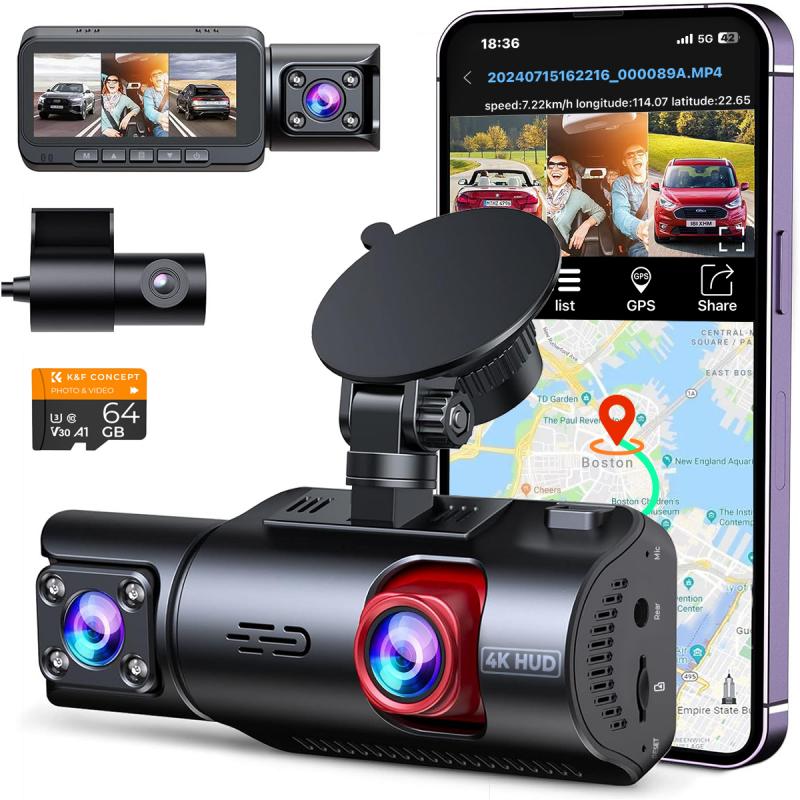
1. Car Battery Capacity:
- Running a dash cam when the car is off draws power from the vehicle’s battery, which can eventually deplete it. Older or smaller batteries are particularly prone to drainage. Some hardwire kits come with low-voltage protection to prevent the battery from dropping below a certain threshold.
2. Dash Cam Model and Specifications:
- Not all dash cams are equipped to function in parking mode or with external power sources. It’s essential to choose a model that supports these features if off-mode functionality is a priority.
3. Power Management Features:
- Modern dash cams often include features like voltage cut-off settings, which automatically turn off the device if the car battery’s voltage drops too low. This prevents battery depletion but may limit recording time.
4. Installation Quality:
- Proper installation is critical for ensuring the dash cam operates effectively when the car is off. Miswiring or incorrect fuse selection can lead to power issues or malfunction.
---
Practical Considerations for Using a Dash Cam When the Car Is Off
To ensure your dash cam works efficiently while the car is off, consider the following steps:
1. Choose a Dash Cam with Parking Mode:
- Select a model specifically designed for parking surveillance. High-end dash cams often come with advanced parking mode features, providing better security and functionality.
2. Invest in a Hardwire Kit:
- A hardwire kit is a must for enabling parking mode. Ensure it includes low-voltage protection to safeguard your car battery.
3. Opt for an External Battery Pack:
- If you’re concerned about draining the car battery, an external battery pack can provide a reliable alternative power source.
4. Regularly Monitor Your Car Battery:
- If your dash cam relies on the car battery, monitor its health and charge regularly to avoid unexpected drainage.
5. Understand Local Laws:
- In some regions, recording with a dash cam while the car is off may raise privacy concerns. Familiarize yourself with local regulations to ensure compliance.
6. Adjust Dash Cam Settings:
- Fine-tune settings like motion sensitivity and recording modes to optimize power consumption and storage use.
---
Real-World Applications of Dash Cam Functionality When the Car Is Off
1. Enhanced Vehicle Security:
- A dash cam in parking mode can deter theft, vandalism, and hit-and-run incidents by capturing evidence even when the vehicle is unattended.
2. Insurance Claims:
- Parking mode footage can provide crucial evidence for insurance claims, proving fault in cases of parking lot collisions or other incidents.
3. Peace of Mind:
- Knowing that your dash cam continues to monitor the car offers peace of mind, especially in high-risk areas or when leaving the vehicle unattended for extended periods.
---
Common Challenges and How to Overcome Them
1. Battery Drain:
- This is the most significant concern for many users. To mitigate it, use a low-voltage cutoff hardwire kit or an external battery pack.
2. Complex Installation:
- Hardwiring a dash cam may require professional installation if you’re unfamiliar with car electronics. Hiring an expert ensures proper setup and minimizes the risk of damage.
3. Limited Recording Time:
- Dash cams with built-in batteries or external packs may only provide limited recording time. Choose models with efficient power management to maximize recording duration.
---
Dash cams can indeed work when the car is off, but this requires the right setup and equipment. Whether you use a hardwire kit, external battery pack, or a dash cam with parking mode, the key is to balance functionality with power consumption. By investing in the right accessories and configuring your dash cam appropriately, you can enjoy continuous monitoring and enhanced vehicle security, even when the car is parked. For those who prioritize safety and peace of mind, a properly configured dash cam is an invaluable tool.


